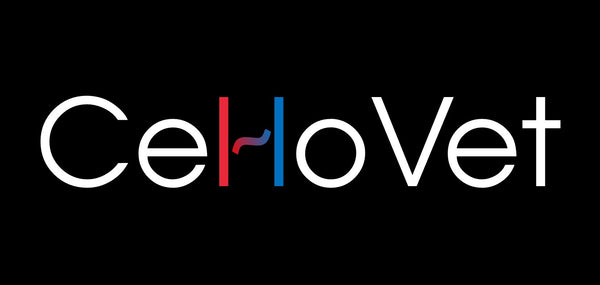Consider plastic clips for CelloVet cellophane or thin film banding
New research suggests that plastic vascular clips reduces imaging artifact after cellophane or thin film banding.
A recent study by Losinski et al (Am J Vet Res 2017; 78 :1338 – 1346) looked at whether plastic clips or metallic clips would have more CT imaging artifact and which would have a greater tensile strength. The study included 10 dog cadavers which had 'cellophane' banding (more accurately thin film banding, as the composition of the material was unknown) placed around the splenic vein and secured using 4 alternating hemostatic clips in accordance with our recommendations. One group received plastic clips whilst the other had metallic clips applied.
The results of the study concluded that as expected the plastic clips did indeed reduce imaging artifact, however the plastic clips failed at a significantly lower tensile load compared to the metallic clips.
It should be noted however that:
- Both plastic and metallic clips failed at supraphysiological loads, so whether metallic clips are superior to plastic in clinical scenarios is questionable.
- If post op CT angiography is required, plastic clips are recommended in order to reduce imaging artifact.
- This cadaveric study failed to use real cellophane from CelloVet, so as yet, the mechanical properties of CelloVet and its performance with either metallic or plastic clips remains unknown.

